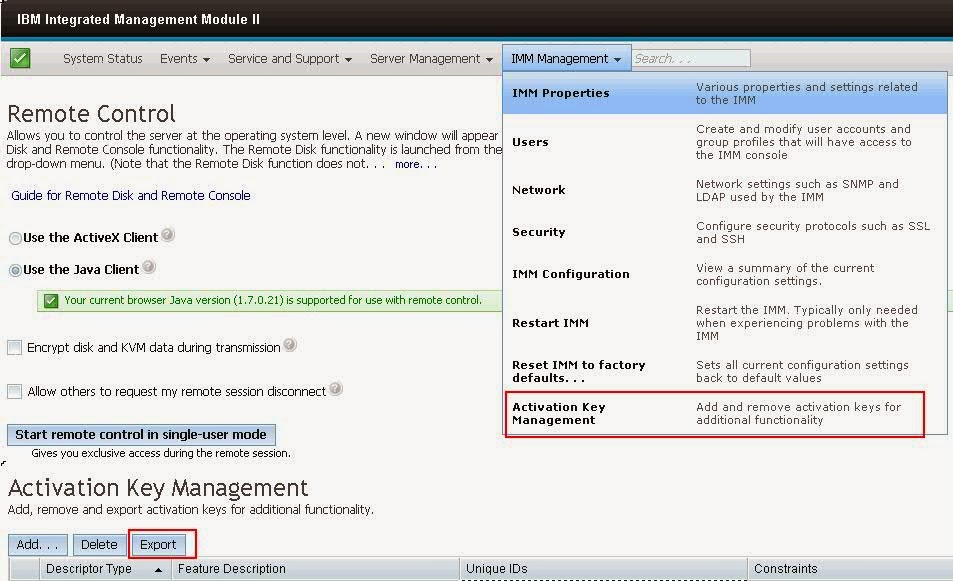Veritas Powerfail Timeout Setting in HP Unix
Veritas Powerfail Timeout setting (vxpfto or pfto) for HP-UX on a Storage Area Network environment
Volume Manager uses TIMEOUT in its Powerfail Timeout (pfto) feature.
You can specify a timeout value for individual Volume Manager disks using the vxdisk command.
What is vxpfto or pfto?
pfto (Individual Volume Manager disks):
EXAMPLES
Use the following command to set the value of pfto to 60 seconds on disk01:
vxdisk set disk01 pfto=60
vxpfto (All disks in a volume or disk group):
Powerfail Timeout is an attribute of a SCSI disk connected to an HP-UX host.
The vxpfto command sets the Powerfail Timeout interval on a set of Volume Manager disks, either all disks in a disk group, or all disks underlying the volumes listed.
EXAMPLES
Set the pfto value on all disks in disk group testdg to 100 seconds:
vxpfto -t 180 -g testdg
Set the pfto value to 50 seconds on all disks underlying volume01 and volume02 in disk group testdg:
vxpfto -t 50 -g testdg volume01 volume02
Set the pfto value to 300 seconds on all disks underlying volume01 and volume02, though they are not in the same disk group:
vxpfto -t 300 volume01 volume02
How to review the setting of the Powerfail Timeout value:
Use either of the following commands to display the pfto/vxpfto value on the Volume Manager disk (look for "timeout" value):
vxdisk list
vxprint -l
Are the Powerfail Timeout values persistent during reboots?
pfto/vxpfto values are persistent across reboots, that is, after the pfto/vxpfto value is set, it remains in effect until you explicitly change it. If dynamic multipathing is enabled, the pfto/vxpfto value set on a disk applies to each path of a multipath disk device.
What is the default value for the pfto/vxpfto setting?
The pfto/vxpfto value is in seconds. If pfto/vxpfto is not specified, or is zero, the timeout period is 30 seconds. Both the vxdisk and vxprint commands display the current pfto value for a disk.
What should the pfto/vxpfto setting be in a SAN environment?
Changing the Powerfail Timeout to 180 is recommended to keep disks from failing over to an alternate link when the disk has not failed.
Volume Manager uses TIMEOUT in its Powerfail Timeout (pfto) feature.
You can specify a timeout value for individual Volume Manager disks using the vxdisk command.
What is vxpfto or pfto?
pfto (Individual Volume Manager disks):
EXAMPLES
Use the following command to set the value of pfto to 60 seconds on disk01:
vxdisk set disk01 pfto=60
vxpfto (All disks in a volume or disk group):
Powerfail Timeout is an attribute of a SCSI disk connected to an HP-UX host.
The vxpfto command sets the Powerfail Timeout interval on a set of Volume Manager disks, either all disks in a disk group, or all disks underlying the volumes listed.
EXAMPLES
Set the pfto value on all disks in disk group testdg to 100 seconds:
vxpfto -t 180 -g testdg
Set the pfto value to 50 seconds on all disks underlying volume01 and volume02 in disk group testdg:
vxpfto -t 50 -g testdg volume01 volume02
Set the pfto value to 300 seconds on all disks underlying volume01 and volume02, though they are not in the same disk group:
vxpfto -t 300 volume01 volume02
How to review the setting of the Powerfail Timeout value:
Use either of the following commands to display the pfto/vxpfto value on the Volume Manager disk (look for "timeout" value):
vxdisk list
vxprint -l
Are the Powerfail Timeout values persistent during reboots?
pfto/vxpfto values are persistent across reboots, that is, after the pfto/vxpfto value is set, it remains in effect until you explicitly change it. If dynamic multipathing is enabled, the pfto/vxpfto value set on a disk applies to each path of a multipath disk device.
What is the default value for the pfto/vxpfto setting?
The pfto/vxpfto value is in seconds. If pfto/vxpfto is not specified, or is zero, the timeout period is 30 seconds. Both the vxdisk and vxprint commands display the current pfto value for a disk.
What should the pfto/vxpfto setting be in a SAN environment?
Changing the Powerfail Timeout to 180 is recommended to keep disks from failing over to an alternate link when the disk has not failed.

Comments